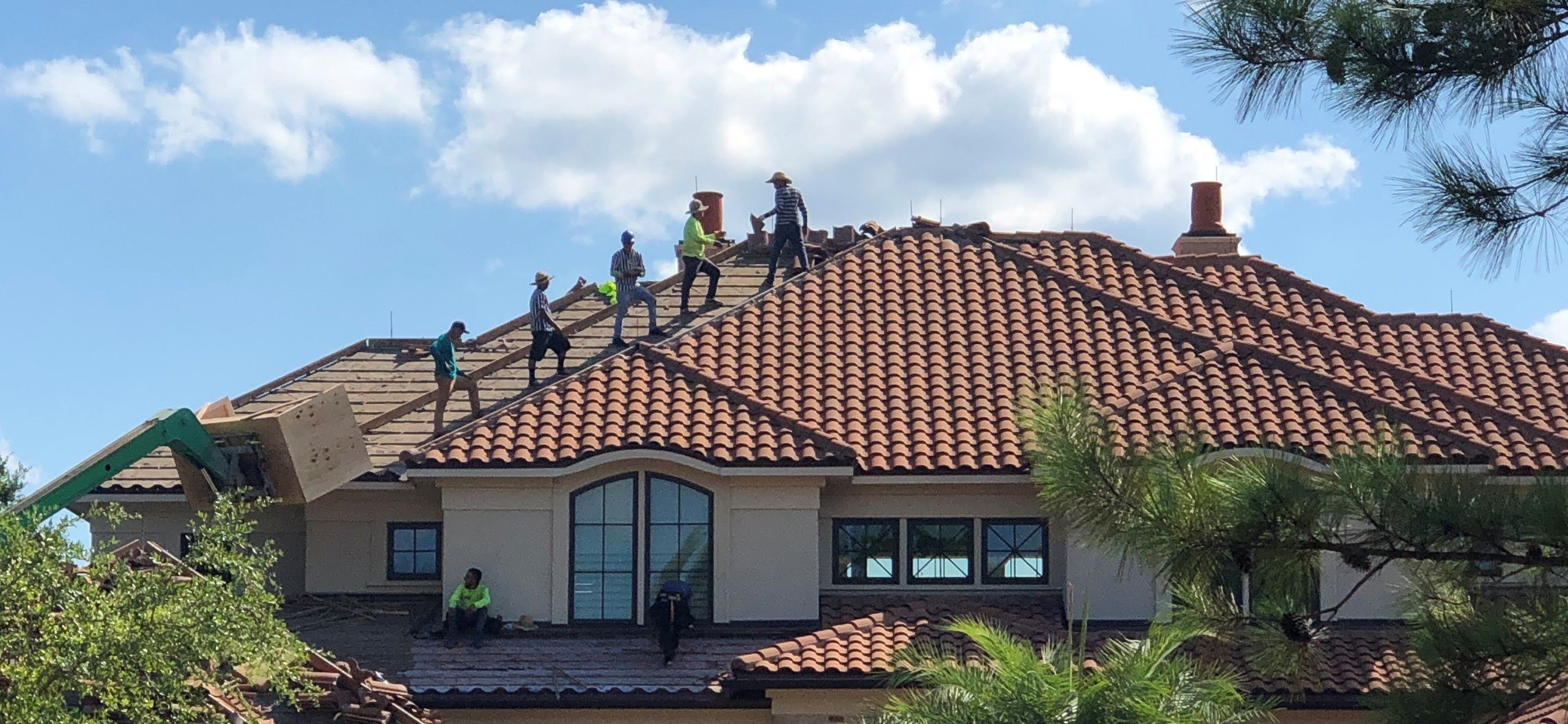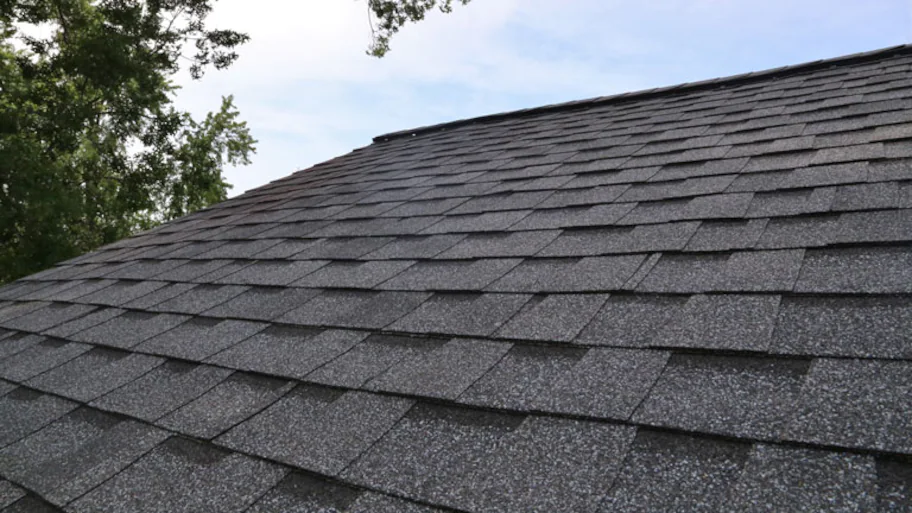Best Practices for Ensuring Proper Roofing Air Flow
Making certain appropriate roofing air flow is crucial for the durability and efficiency of a roof covering system. A balanced consumption and exhaust air vent ratio, generally 1:300, plays a pivotal function, with consumption vents preferably placed at the reduced side of the roofing for great air access and exhaust vents at the height for warm air exit. Routine assessments to identify blockages and keep clear air movement are extremely important. Keeping insulation away from vents is crucial to prevent air flow limitation. Recognizing these foundational elements establishes the phase for more comprehensive insights into installment and maintenance practices that can substantially improve your roof's efficiency.
Understand Ventilation Basics
Effectively recognizing air flow essentials is essential for ensuring the long life and effectiveness of roofing systems. Effective air flow minimizes wetness accumulation and temperature extremes in the attic room, both of which can lead to substantial structural damages gradually. A well-ventilated roof covering aids in preventing typical concerns such as mold and mildew growth, wood rot, and ice dams, which can jeopardize the stability of the roofing materials and the underlying frameworks.
The main objective of ventilation is to assist in the motion of air, permitting a regular exchange in between the interior and outdoor settings. This equilibrium is accomplished with a combination of intake and exhaust vents that collaborate to maintain optimum air flow. Intake vents, usually situated along the eaves or soffits, allow fresh air to get in the attic room space, while exhaust vents, typically positioned at or near the roofing system ridge, make it possible for warm, humid air to run away.
Trick variables influencing the efficiency of roof covering ventilation include appropriate positioning, appropriate sizing, and guaranteeing that both intake and exhaust vents are unobstructed. Routine assessment and upkeep are crucial to recognize prospective blockages, damage, or inadequacies in the air flow system, therefore guarding the roof's efficiency and resilience.
Types of Roof Vents
Roofing vents play an essential function in keeping effective attic room air flow and, by extension, the overall wellness of the roof. Numerous sorts of roofing system vents are offered, each with distinct advantages tailored to particular roof needs. Ridge vents, for example, are installed along the roof covering's peak, permitting cozy, damp air to run away from the attic. They provide constant ventilation and blend seamlessly with the roofline, making them both effective and aesthetically pleasing.

Soffit vents are mounted under the eaves and operate in tandem with roofing vents to guarantee a balanced consumption and exhaust system. By enabling cooler air to get in from below, soffit vents assist in the expulsion of warm air with upper vents. Gable vents, located on the outside wall surfaces of the attic, offer one more efficient option, especially in homes with saddleback roofs.
Analyze Your Current Ventilation

Next, consider the age and condition of your roof covering products and air flow parts. Older systems may not adhere to existing structure codes or might have deteriorated Homepage with time, reducing their effectiveness. Conduct a comprehensive exam to recognize any type of signs of wear and tear, such as rust, damages, or voids that might jeopardize the system's performance.
Additionally, measure the attic room temperature level and humidity degrees. High temperature levels and moisture can suggest inadequate ventilation.
Installation Best Practices
Efficient installation of roof ventilation systems is extremely important for ensuring ideal efficiency and durability. Correct installation begins with understanding the certain air flow needs of the roof covering and the building it covers. This involves computing the appropriate proportion of intake to wear down vents, commonly sticking to the 1:300 regulation, which specifies one square foot of air flow for every 300 square feet of attic floor space.

Consumption vents need to be mounted at the roofing system's reduced edge, typically in the soffits, to permit trendy air to get in. Exhaust vents, on the other hand, ought to be installed near or at the roof covering's peak to assist in the leave of cozy, damp air.
Seal all vent connections thoroughly to avoid air leaks and prospective water seepage. Use high-quality products and follow supplier standards to make sure durability and performance. Furthermore, integrating ridge vents with baffles can substantially boost airflow performance by avoiding wind-driven rainfall and snow from going into the attic.
Ultimately, precise installation of roof ventilation systems minimizes potential issues such as mold development, ice dams, and architectural damage, ensuring the roofing's integrity and the building's overall health and wellness.
Normal Upkeep Tips
Uniformity in upkeep practices is essential to guaranteeing the lasting effectiveness of roofing air flow systems. Normal inspections are crucial, ideally performed biannually-- in the springtime and loss. During these evaluations, make sure that vents are without debris, nests, and other blockages that could hinder air flow. Look for any kind of indications of dampness buildup or mold and mildew, as these can suggest inappropriate ventilation or leakages (gainesville roofing companies).
Cleaning up the vents is another necessary job. Use a soft brush or a vacuum cleaner to eliminate dust and particles from intake and exhaust vents. Beware not to damage the air vent read the full info here displays or louvers throughout the process. Furthermore, examine the attic room space for any indications of water damages, which could endanger the integrity of the roofing system.
Proper insulation is similarly important. Guarantee that attic insulation does not obstruct the vents, as this can badly limit air movement. If any type of insulation has shifted or cleared up, rearrange or change it to maintain a reliable obstacle.
Finally, replace any kind of damaged or missing parts immediately. Busted vents, cracked roof shingles, or scrubby flashing can all add to insufficient ventilation and needs to be resolved immediately. Routine maintenance makes sure that the roofing air flow system operates efficiently, therefore prolonging the life expectancy of the roofing system itself.
Conclusion
Making sure correct roof air flow is critical for keeping the effectiveness and longevity of a roof. Adherence to the 1:300 intake and exhaust air vent ratio, combined with the calculated positioning of vents, is important. Normal semiannual examinations, debris cleaning, and ensuring insulation does not block air movement are important practices. Executing these best techniques will foster a well-ventilated roof, therefore alleviating possible concerns connected to moisture buildup and too much warm, eventually extending the roofing's life-span.
A balanced intake and exhaust vent proportion, frequently 1:300, plays a crucial function, with intake vents preferably put at the reduced edge of the roof for amazing air access and exhaust vents at the top for warm air departure. Consumption vents, typically situated along the eaves or soffits, enable fresh air to go into the attic room space, while exhaust vents, often situated at or near the roofing system ridge, enable hot, moist air to escape.
Soffit vents are set up under the eaves and work in tandem with roof covering vents to make sure a well balanced consumption more information and exhaust system. By permitting cooler air to enter from below, soffit vents help with the expulsion of warm air with top vents. Adherence to the 1:300 intake and exhaust air vent proportion, paired with the critical placement of vents, is important.